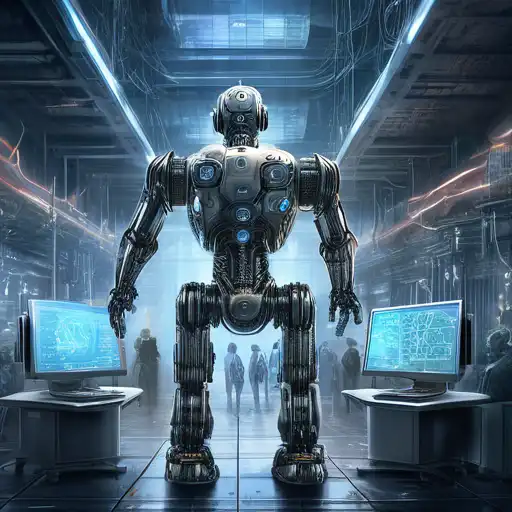Introduction to AI and Machine Learning
In the rapidly evolving world of technology, Artificial Intelligence (AI) and Machine Learning (ML) stand out as two of the most groundbreaking advancements. While often used interchangeably, these terms represent distinct concepts with unique applications and implications. This article delves into a comparative study of AI and ML, shedding light on their differences, similarities, and how they are shaping the future of technology.
Understanding Artificial Intelligence
Artificial Intelligence is a broad field of computer science focused on creating systems capable of performing tasks that typically require human intelligence. These tasks include problem-solving, recognizing speech, making decisions, and translating languages. AI can be categorized into two types: Narrow AI, which is designed to perform a narrow task (e.g., facial recognition), and General AI, which can perform any intellectual task that a human can.
Understanding Machine Learning
Machine Learning, a subset of AI, involves the development of algorithms that allow computers to learn from and make predictions or decisions based on data. Unlike traditional programming, where humans write explicit instructions, ML models improve their performance as they are exposed to more data over time. ML is further divided into supervised learning, unsupervised learning, and reinforcement learning.
Key Differences Between AI and Machine Learning
While AI aims to simulate human intelligence across a broad range of tasks, ML focuses on enabling machines to learn from data. Here are some key differences:
- Scope: AI has a broader scope, aiming to replicate human intelligence, whereas ML is specifically about learning from data.
- Dependency: AI systems can function without ML, but ML is a pathway to achieving AI.
- Applications: AI applications range from robotics to natural language processing, while ML is often used in data analysis, predictive modeling, and recommendation systems.
How AI and Machine Learning Work Together
Despite their differences, AI and ML complement each other in many ways. ML algorithms are often the driving force behind AI systems, enabling them to learn from data and improve over time. For example, an AI-powered chatbot uses ML to understand and respond to user queries more effectively as it processes more conversations.
Future Trends in AI and Machine Learning
The future of AI and ML is incredibly promising, with advancements in deep learning, neural networks, and quantum computing paving the way for more sophisticated applications. Industries ranging from healthcare to finance are leveraging these technologies to innovate and improve efficiency.
Conclusion
AI and Machine Learning are transforming the way we live and work, offering endless possibilities for innovation. Understanding the differences and synergies between these technologies is crucial for anyone looking to navigate the future of tech. As we continue to explore the potential of AI and ML, one thing is clear: the journey is just beginning.
